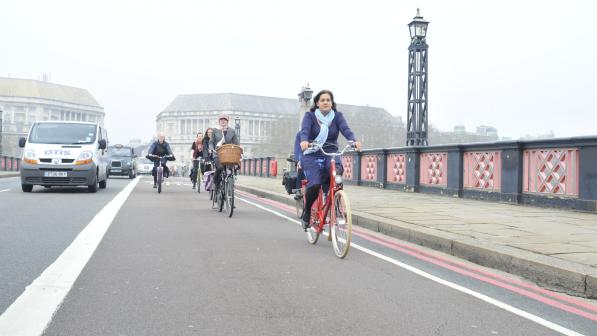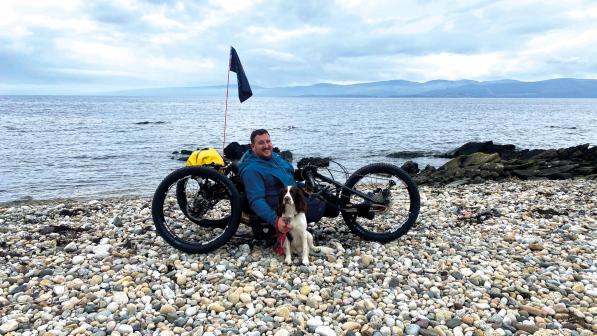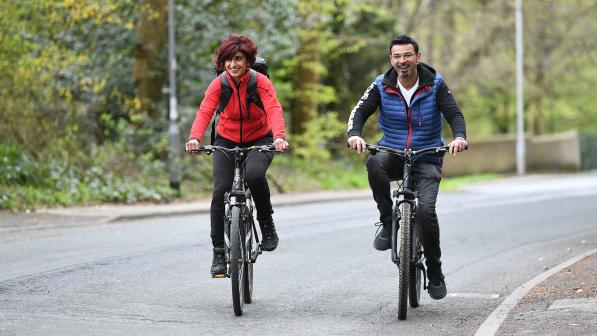Knowhow: How to wear a cycle helmet (if you choose to)

The right size
Cycle helmets generally come in only a handful of sizes: one or two children’s sizes, for example, or small, medium, and large adult sizes. Each will have a range in centimetres, showing the head circumferences it should accommodate.
Measure your head before going to the shop. Hold the tape horizontally around your head, above your ears and eyebrows. Your head is probably 50-something centimetres, with men having larger heads than women on average.
Try on helmets at the shop. The most comfortable may be a size up – or a different model entirely – because different designs suit different head shapes, some fitting rounder heads best, others longer heads.
Men’s and women’s helmets may look different (for which you can thank the brand’s marketing department) but the only real difference is that the S/M/L size bands for women’s models may be smaller. Get whichever fits best, regardless of its supposed gender. If you have a particularly large head (over 60cm), try Bontrager: its helmet sizes go up to 66cm.
Adjusting the fit
There may be a choice of foam pads to fine tune fit and comfort. Most helmets have a strap that cradles that back of the head, adjustable via a ratchet or dial. Adjust it until the helmet feels snug but not uncomfortable. Leave the chin strap undone for now.
Shake your head from side to side, like you're indicating “no”. The helmet should move with your head and not come loose. Then bend over gently so the top of your head is pointing at the floor. Even with the chinstrap undone, the helmet should be snug enough that it stays on.
How to wear it
The brim of the helmet should be no more than a couple of fingers’ width above your eyebrows. If your forehead is exposed, it’s unprotected.
Finally adjust the chin strap. The twin straps at each side should meet in a V under your earlobes. The strap under your chin should be loose enough that you can yawn comfortably but snug enough that you can get only a finger or two underneath. It may take a while to sort this out, as you faff with sliders and strap lengths. Take this time. Be aware that the straps can work loose over time, so you may need to readjust them later.
Accessories
A cycling cap or a stretchy snood will fit fine under most helmets. You may need to adjust the chin strap and probably will need to adjust the rear ratchet strap.
Anything fitted to the exterior of a helmet must be able to snap free instantly in the event of a crash. Visors are designed to do this. Lights and cameras may not be. If they snag the ground or road, your head could be spun around, exacerbating (or causing) neck injuries or rotational brain injuries.



